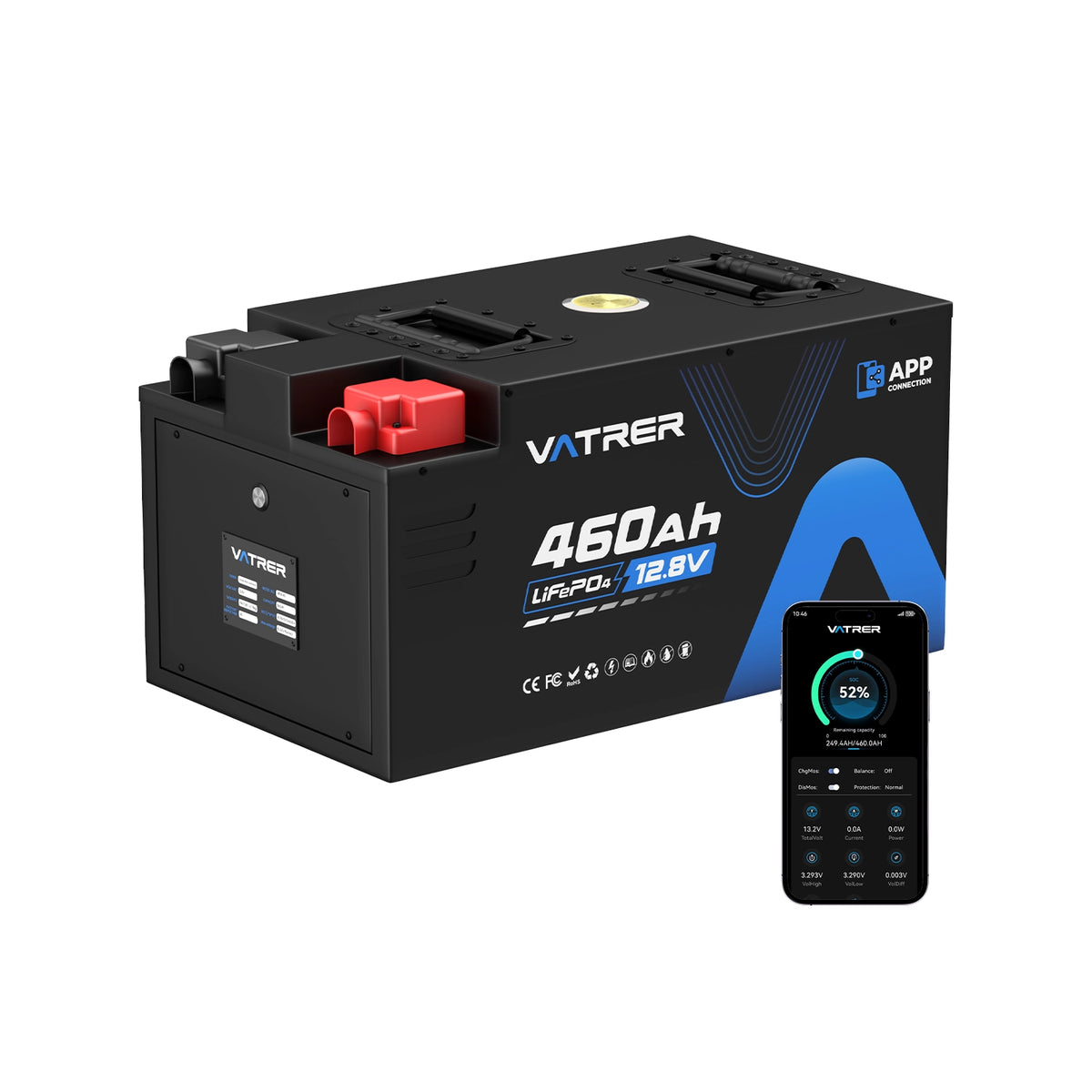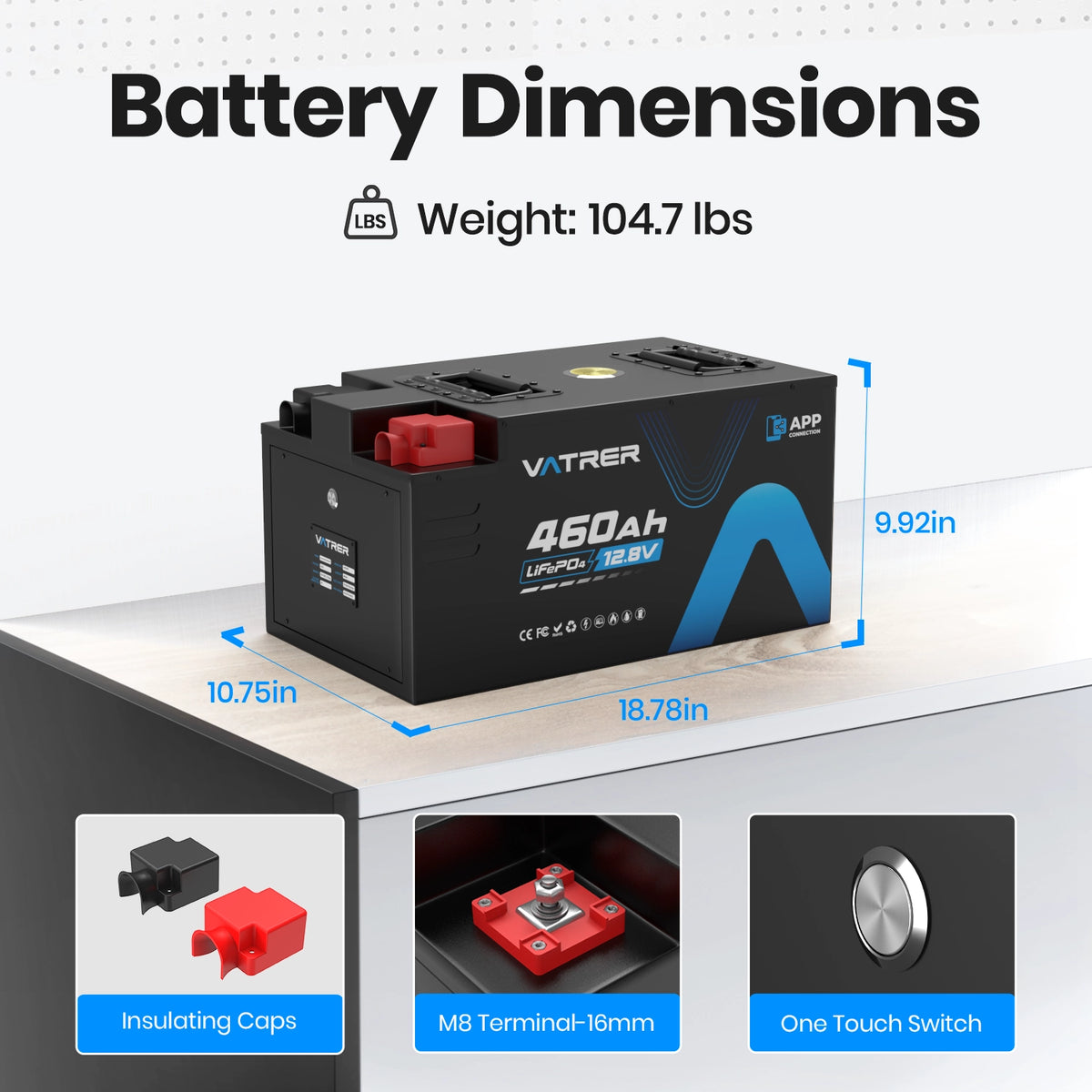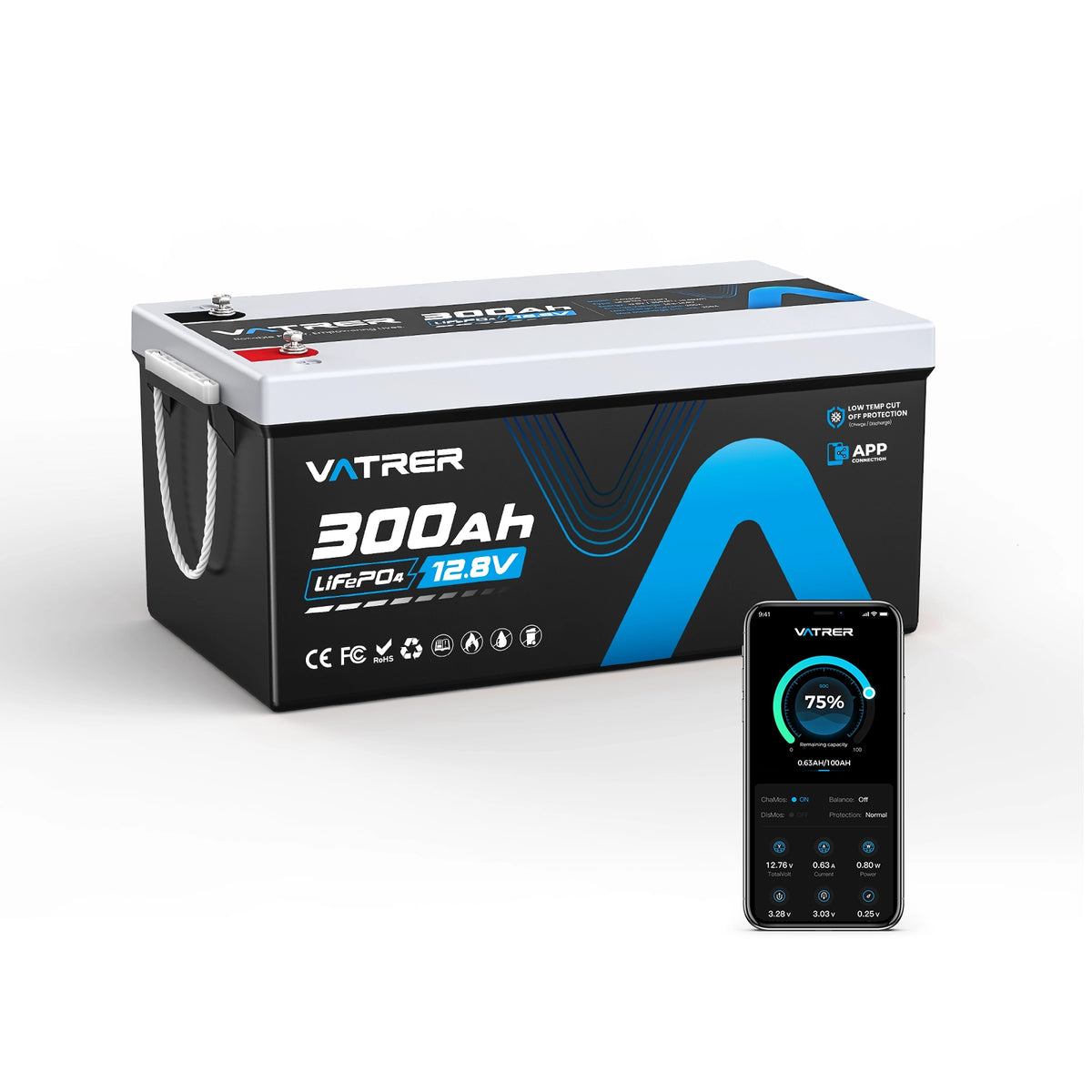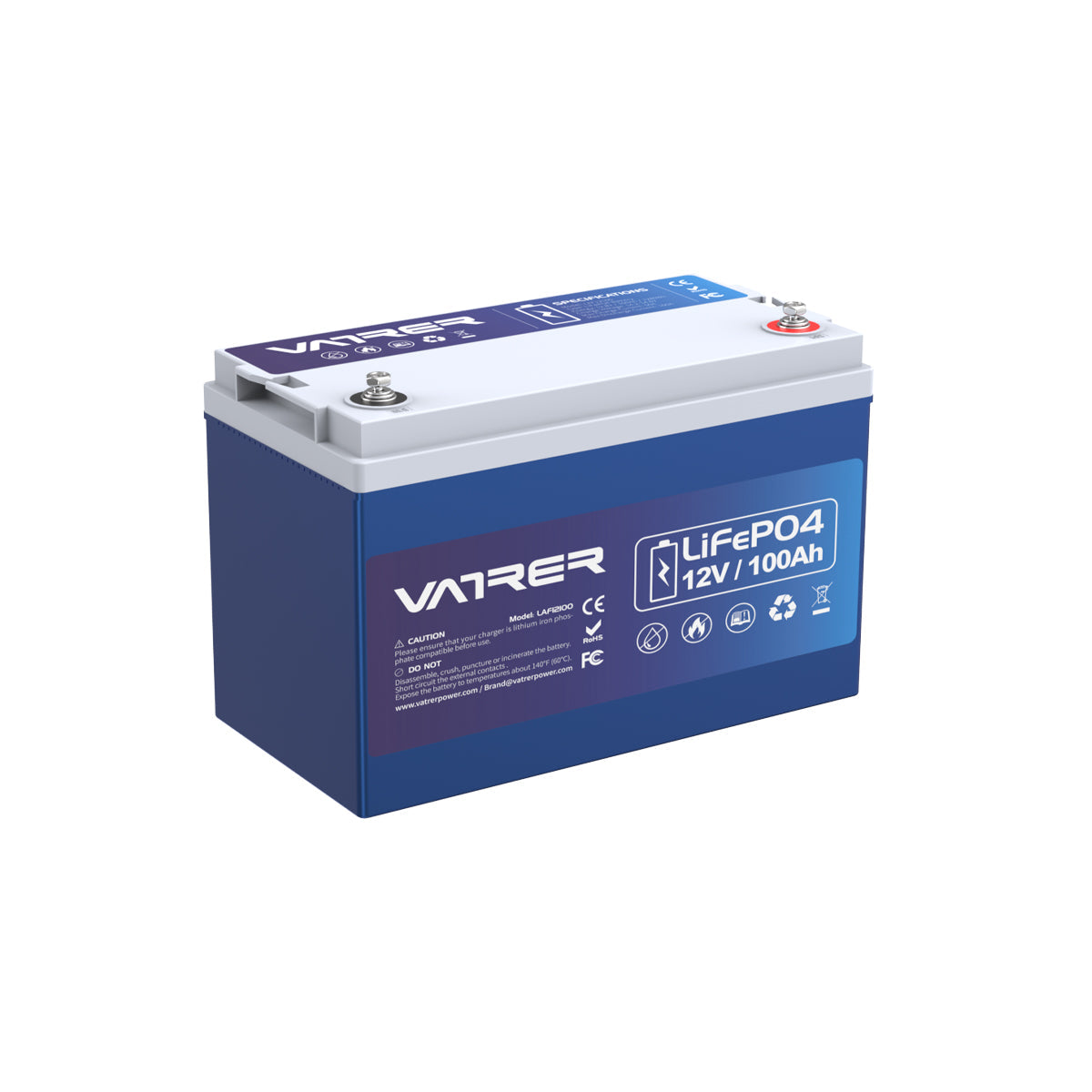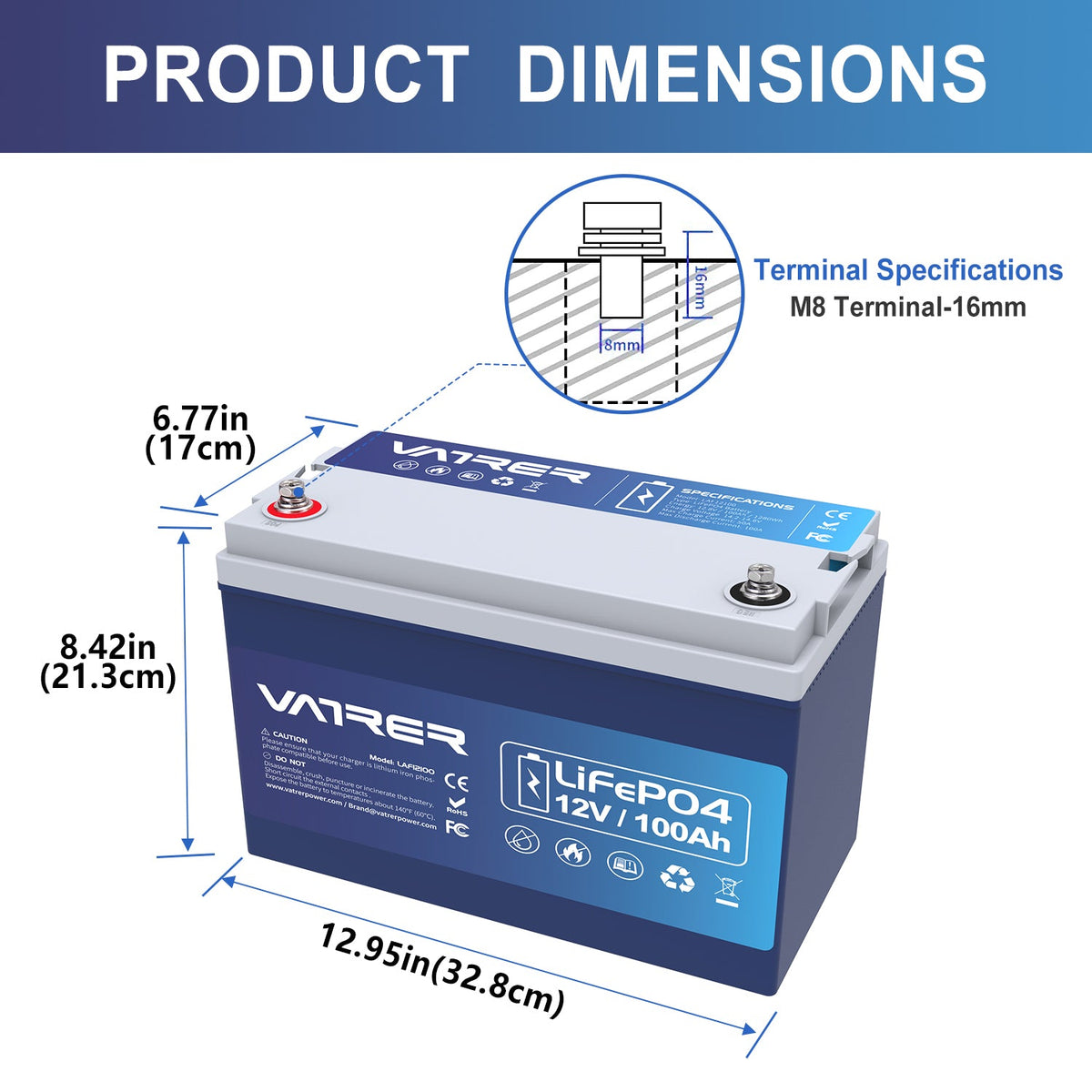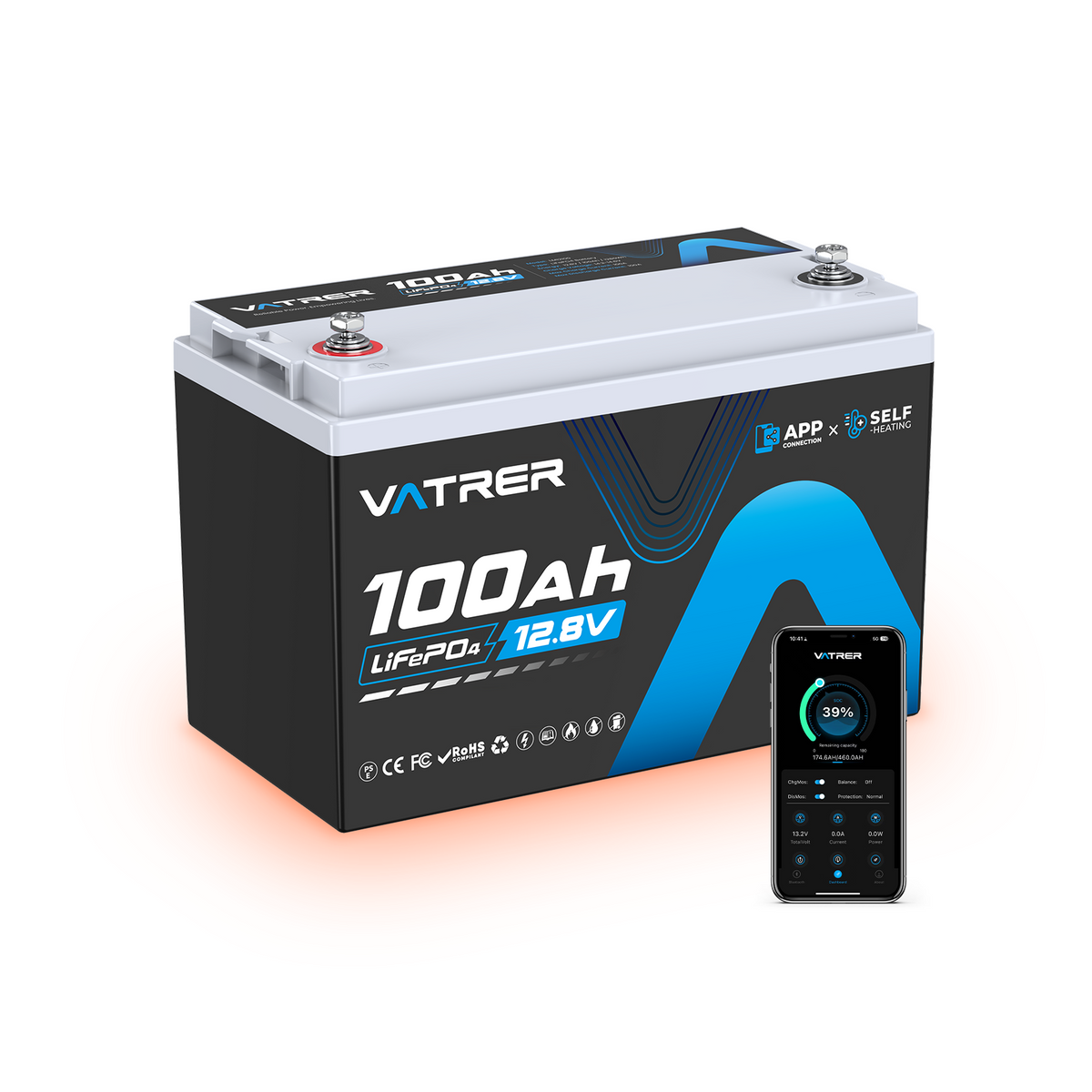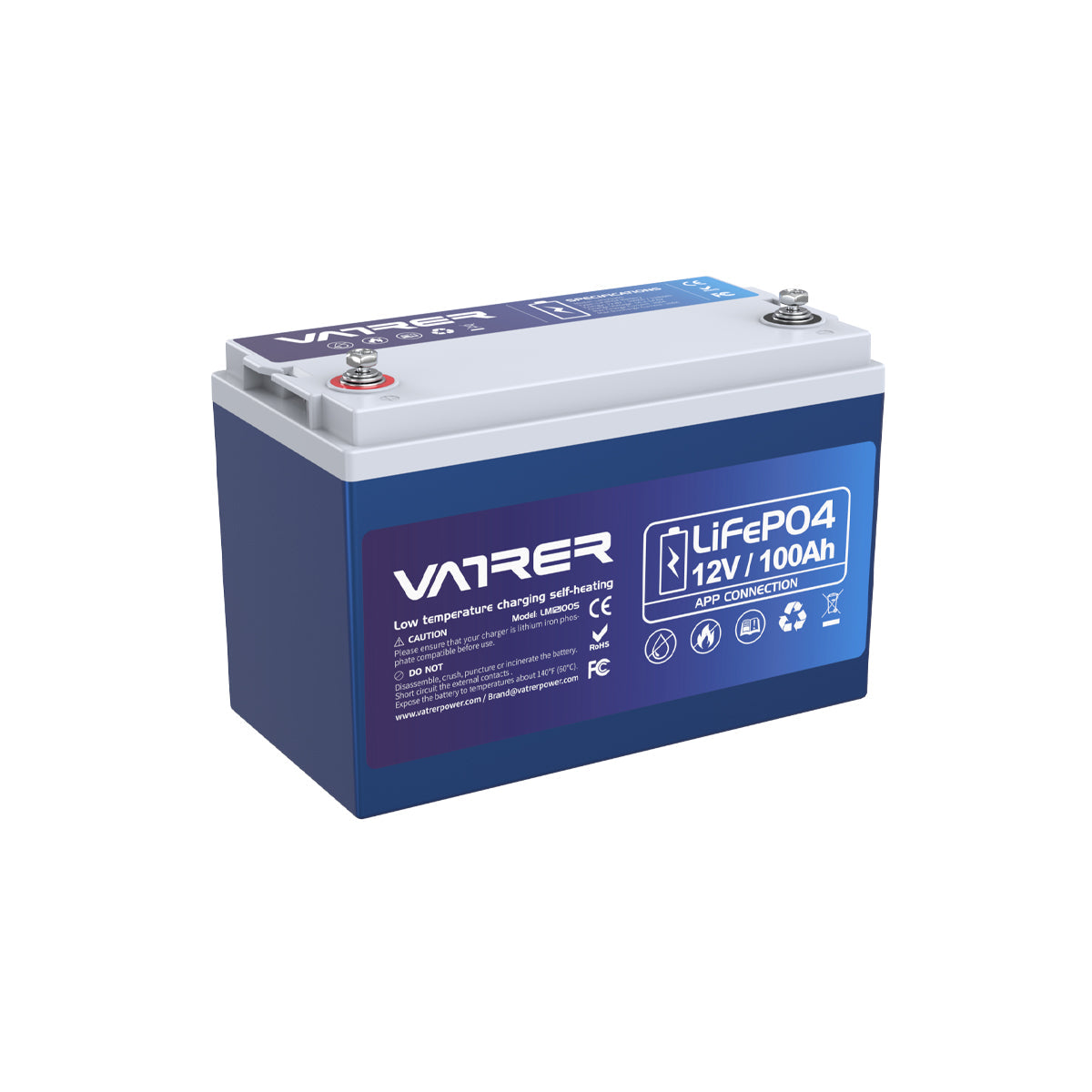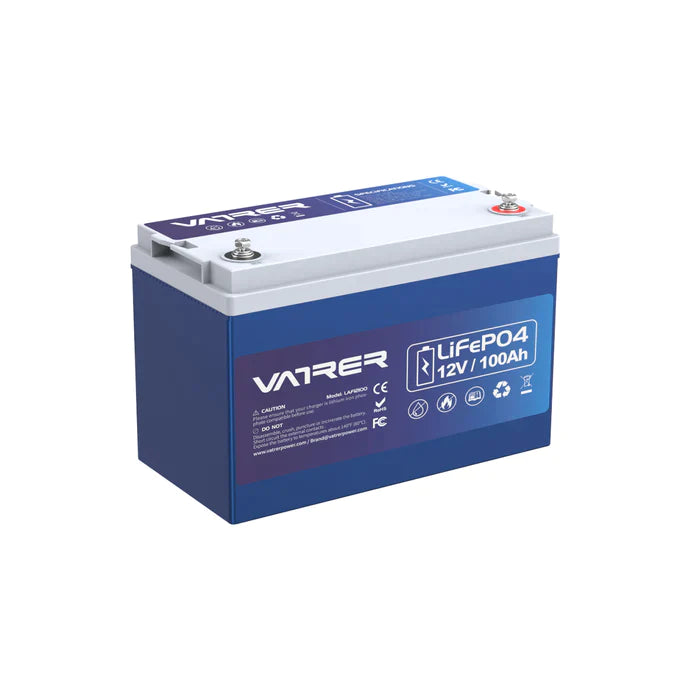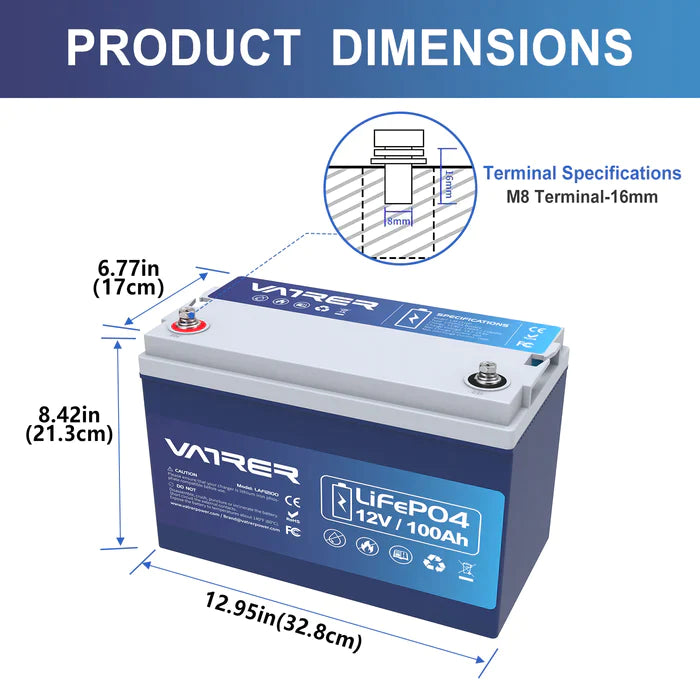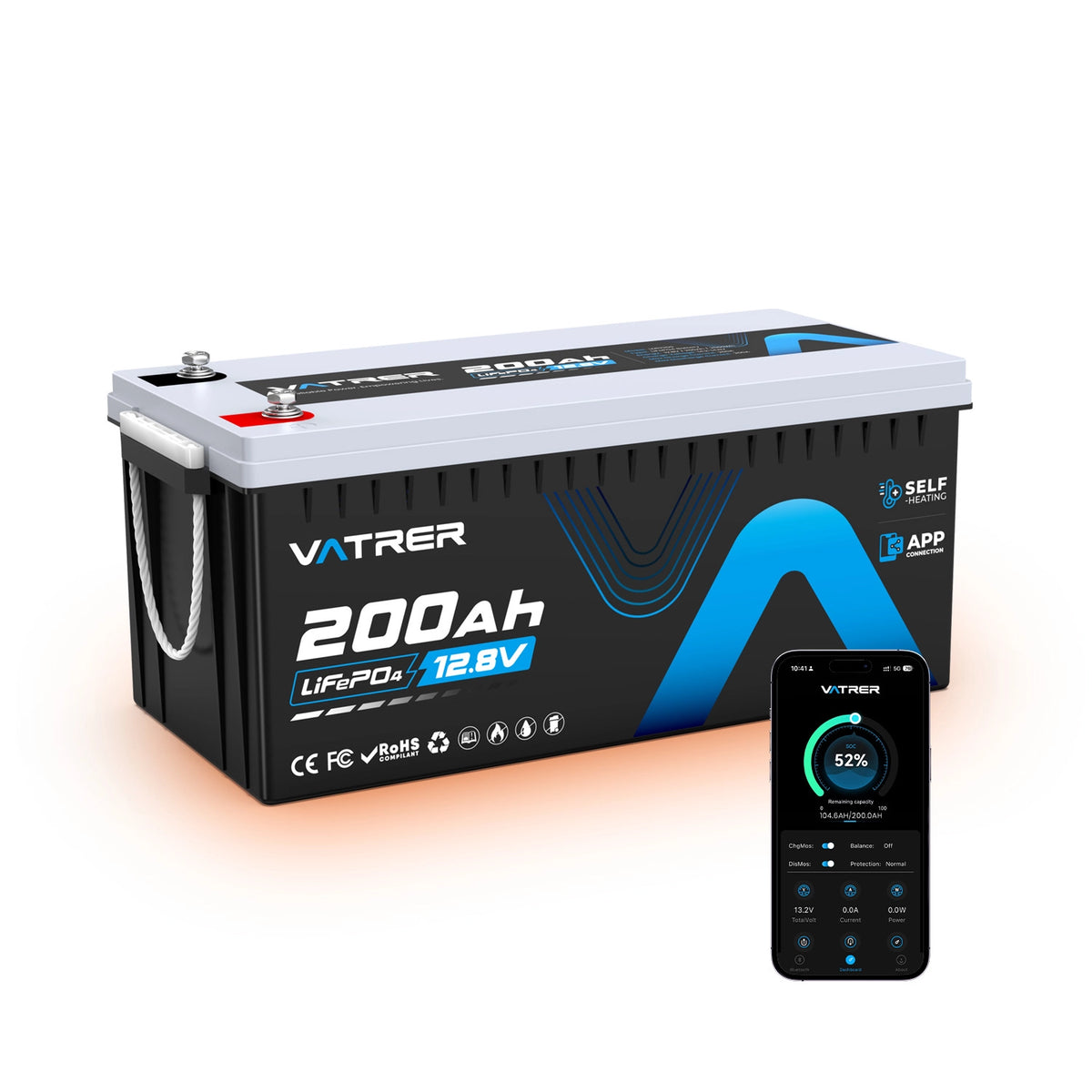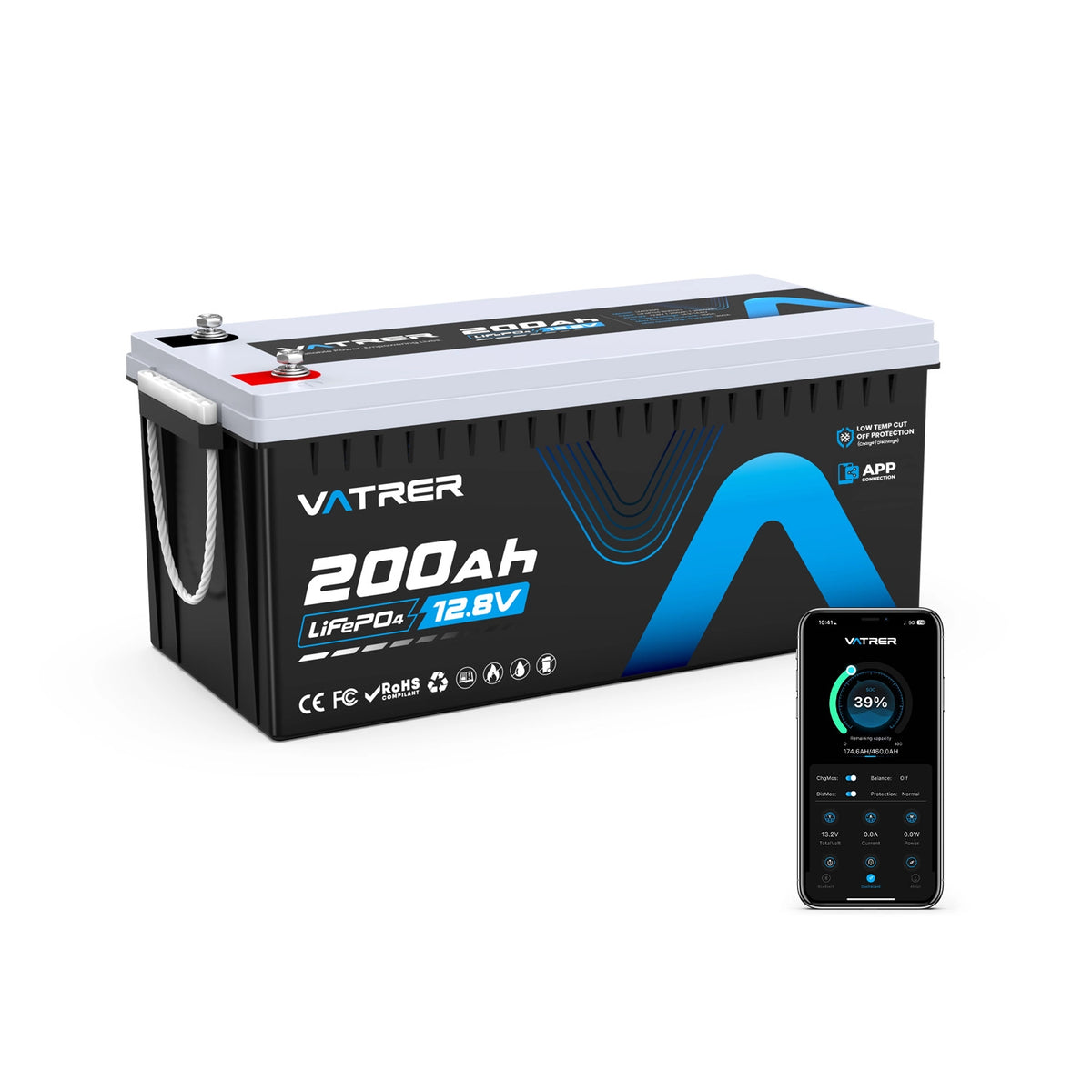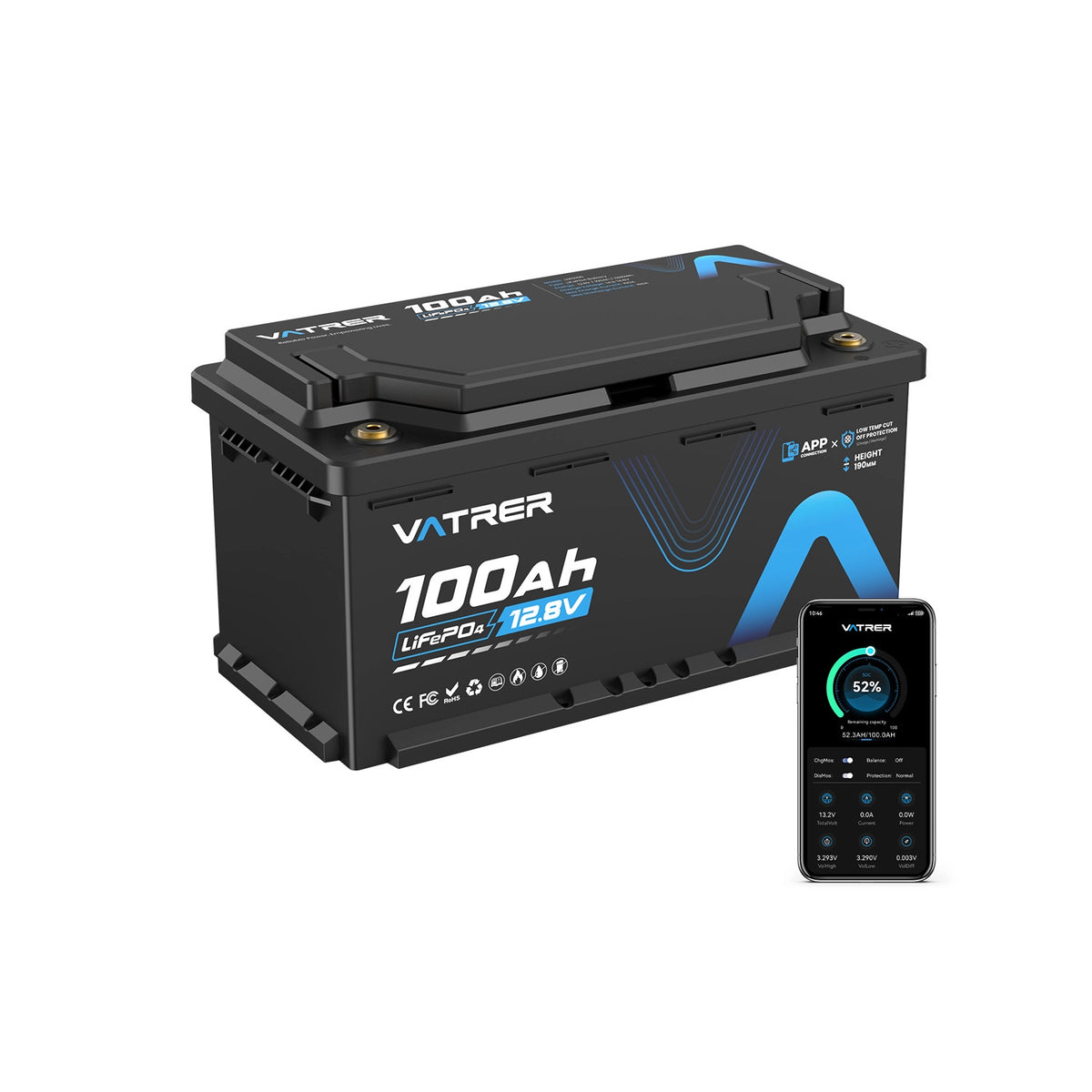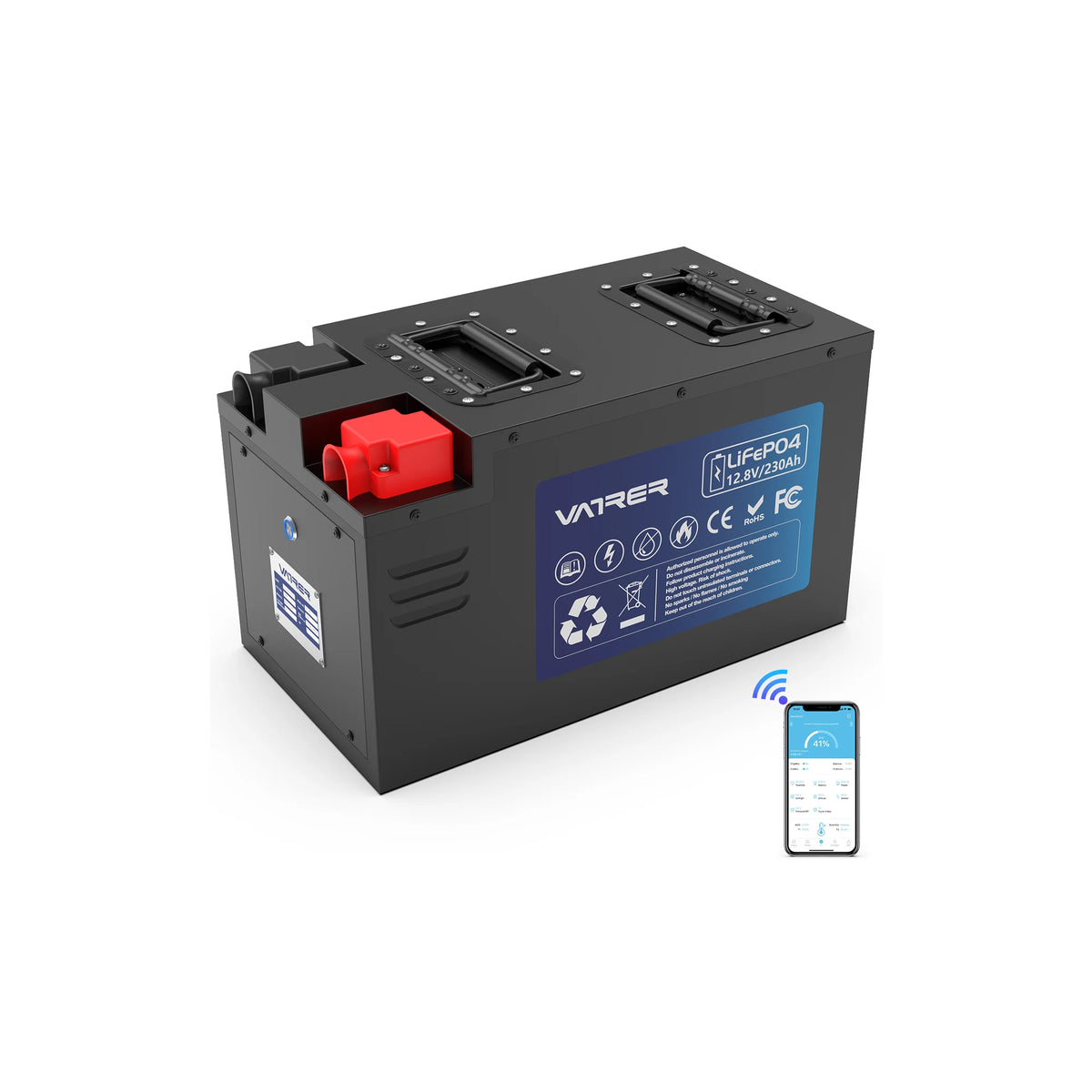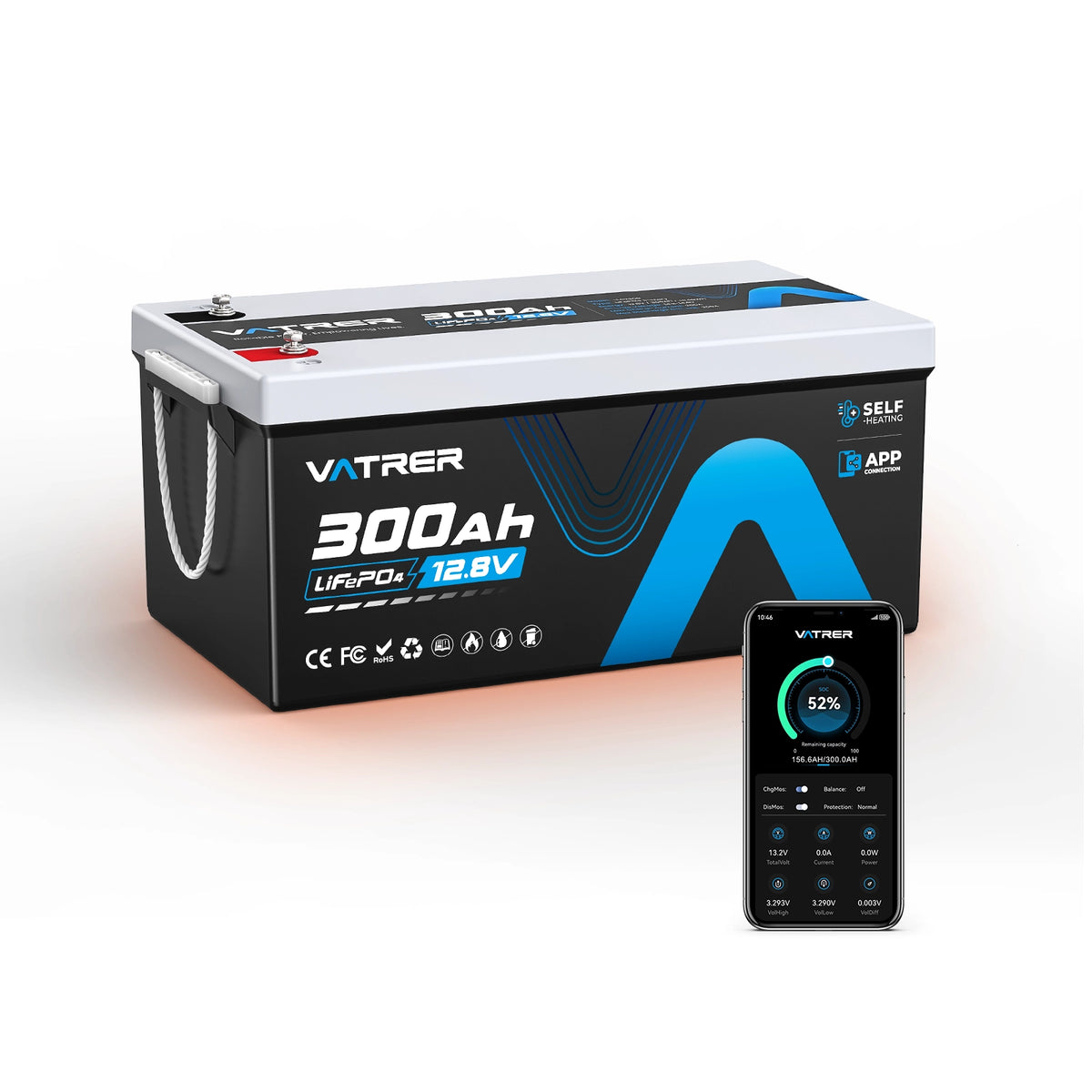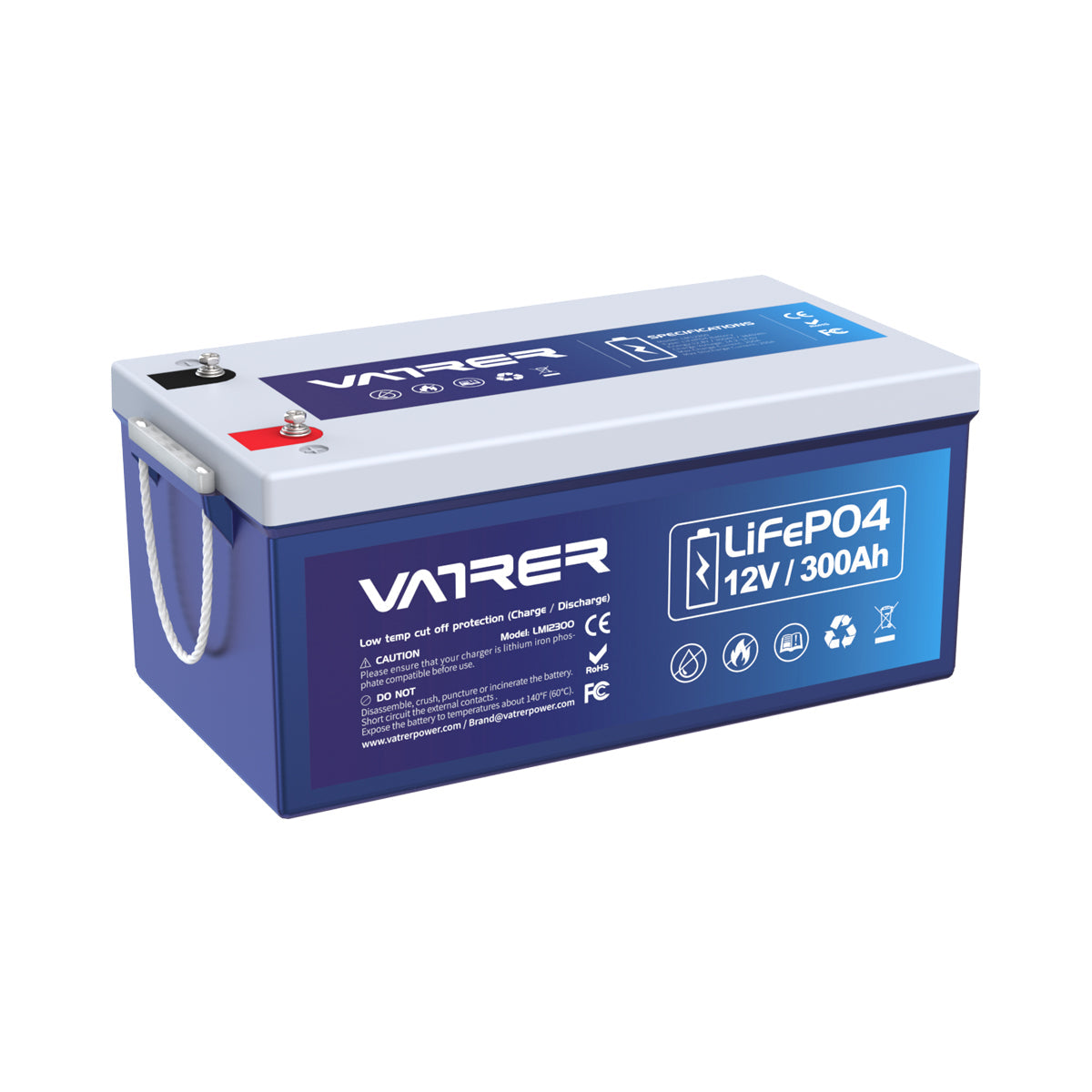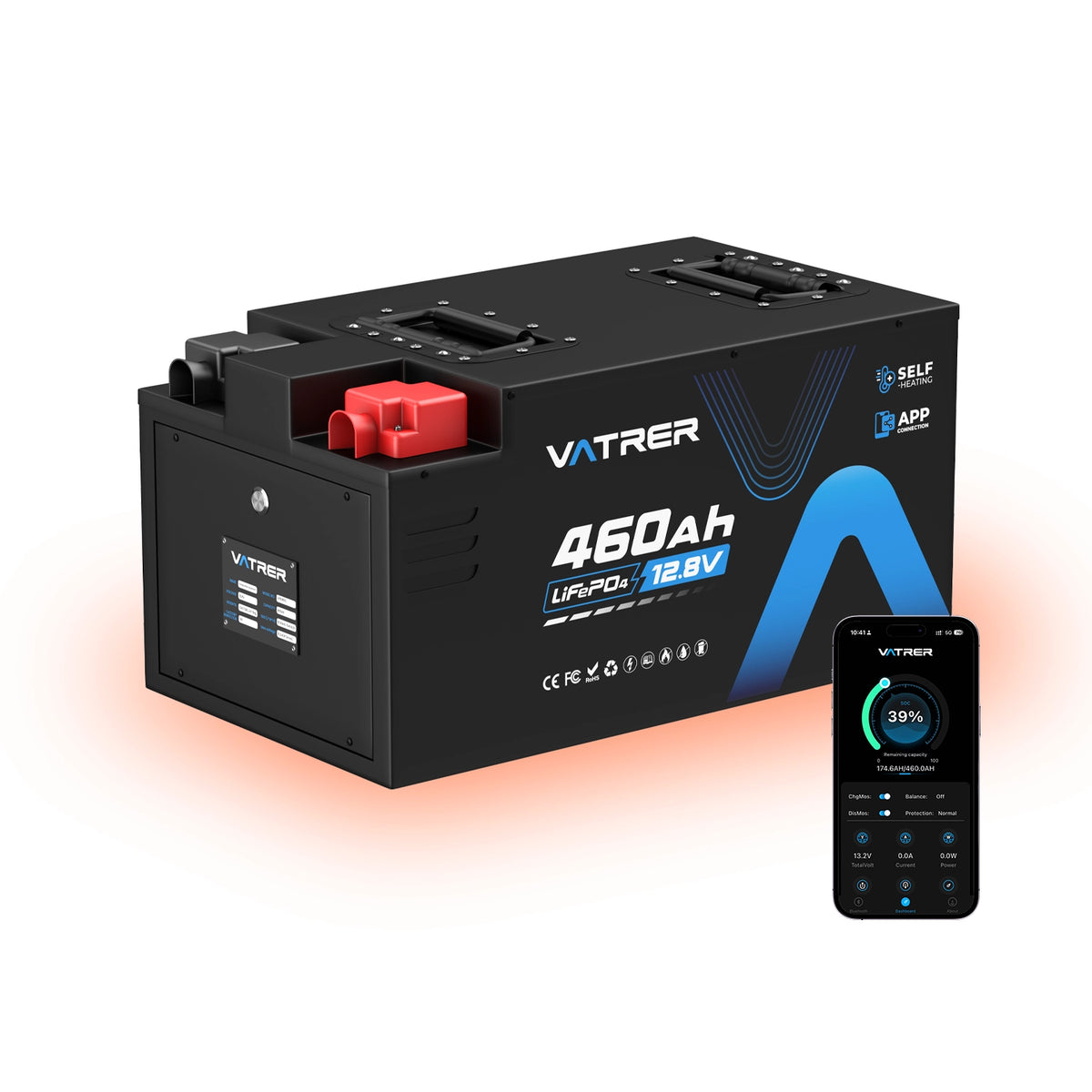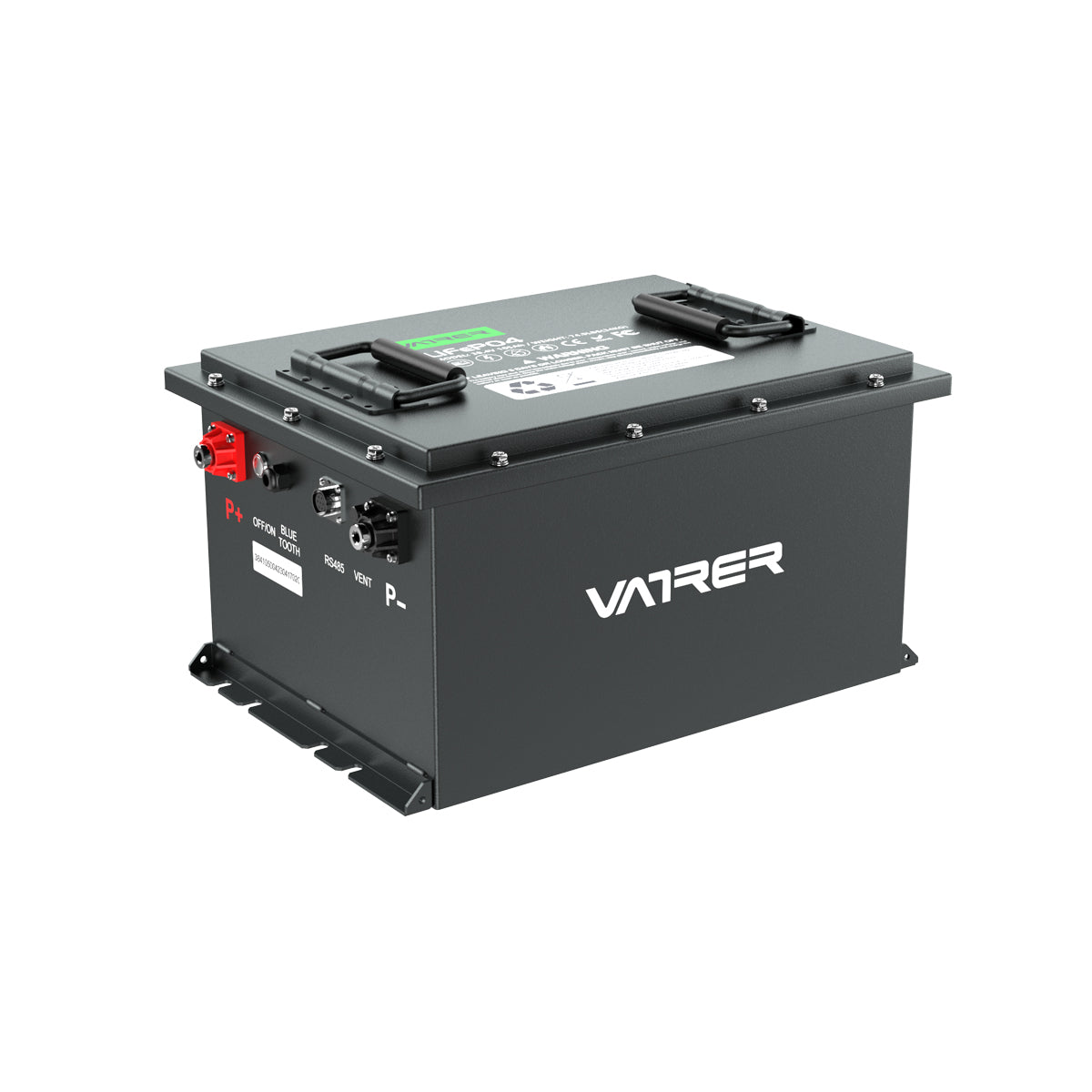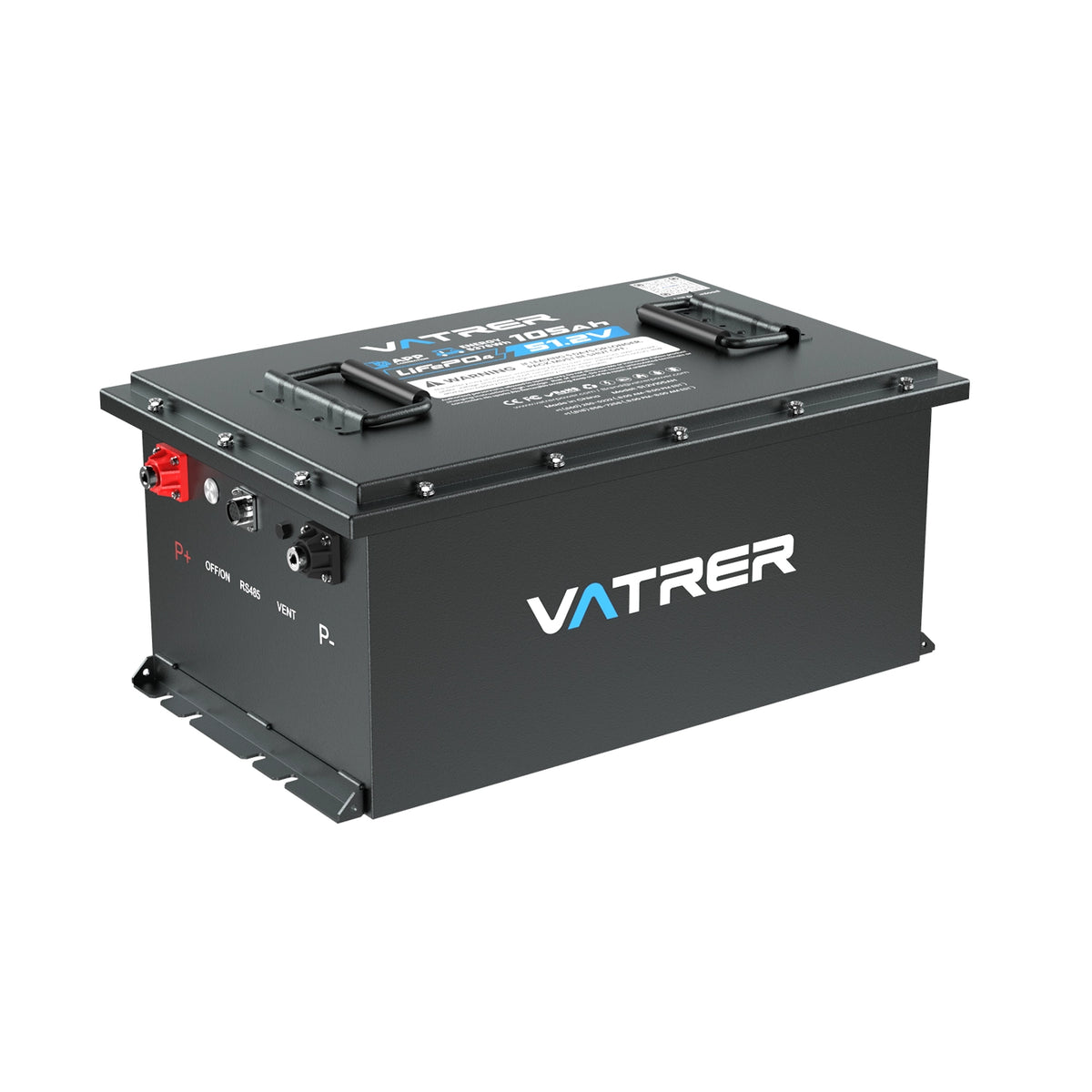1. Introduction
Overview of Battery Systems
Battery systems are integral components in various applications, ranging from renewable energy storage to backup power supplies. These systems often require multiple batteries to be connected in parallel to increase the total capacity while maintaining the same voltage. In such configurations, the choice of wire gauge is crucial to ensure efficient and safe operation.

Importance of Correct Wire Gauge
Selecting the appropriate wire gauge is essential for minimizing energy loss, preventing overheating, and ensuring the longevity of the battery system. An undersized wire can lead to excessive voltage drop and potential safety hazards, while an oversized wire may be unnecessarily costly and cumbersome.
2. Understanding Battery Parallel Connections
Definition and Benefits
Parallel connections involve linking the positive terminals of all batteries together and the negative terminals together. This configuration maintains the voltage of a single battery while summing the capacities. For instance, connecting twelve 100Ah batteries in parallel results in a system with a total capacity of 1200Ah at the same voltage as a single battery.
Common Applications
Parallel battery connections are commonly used in solar power systems, electric vehicles, and uninterruptible power supplies (UPS). These applications benefit from the increased capacity and redundancy provided by parallel configurations.
3. Factors Influencing Wire Gauge Selection
Current Flow and Load
The wire gauge must be chosen based on the maximum current flow expected in the system. Higher current demands require thicker wires to safely conduct electricity without overheating. The total current in a parallel system is the sum of the currents from each battery.
Distance Between Batteries
The length of the wire run also affects the gauge selection. Longer distances increase resistance, leading to voltage drops. To mitigate this, a thicker wire may be necessary for longer connections.
Material and Wire Type
Copper is the most common material for battery connections due to its excellent conductivity. However, aluminum is sometimes used for cost savings, though it requires a larger gauge to achieve the same conductivity as copper.
4. Recommended Wire Gauges for 12 100Ah Batteries
General Guidelines
For a system of twelve 100Ah batteries in parallel, the wire gauge should be selected to handle the combined current safely. General guidelines suggest using a wire gauge that can handle at least the maximum expected current with minimal voltage drop.
Specific Recommendations
-
2 AWG Wire (55 mm²): This gauge is often recommended for connecting 12 100Ah batteries in parallel. It provides a good balance between capacity and flexibility, ensuring minimal voltage drop and safe operation.
-
4 AWG Wire (21 mm²): Suitable for shorter runs or lower current applications, 4 AWG wire can be used if the total current is within its capacity limits.
5. Calculating Wire Gauge
Step-by-Step Calculation
-
Determine Total Current: Calculate the total current by multiplying the number of batteries by the current of a single battery. For 12 batteries, this would be 1200A.
-
Consider Distance: Assess the distance between batteries and the load. Longer distances require thicker wires to prevent voltage drop.
-
Consult Wire Gauge Charts: Use standard wire gauge charts to find the appropriate gauge for the calculated current and distance.
Example Scenarios
-
Short Distance, High Current: For a short connection with high current, 2 AWG wire is recommended.
-
Long Distance, Moderate Current: For longer distances, consider using 0 AWG wire to minimize voltage drop.
6. Safety Considerations
Avoiding Voltage Drop
Voltage drop can lead to inefficient operation and reduced battery life. To avoid this, select a wire gauge that minimizes resistance and maintains voltage levels across the system.
Preventing Overheating
Overheating is a significant risk in battery systems. Ensure that the wire gauge is sufficient to handle the maximum current without exceeding the temperature rating of the insulation.
7. Conclusion
Summary of Key Points
Selecting the correct wire gauge for connecting 12 100Ah batteries in parallel is critical for system efficiency and safety. Factors such as current flow, distance, and material must be considered to make an informed decision.
Final Recommendations
For most applications involving 12 100Ah batteries in parallel, a 2 AWG wire is recommended to ensure safe and efficient operation. However, specific requirements may necessitate adjustments, so always consult wire gauge charts and consider the unique aspects of your system.



